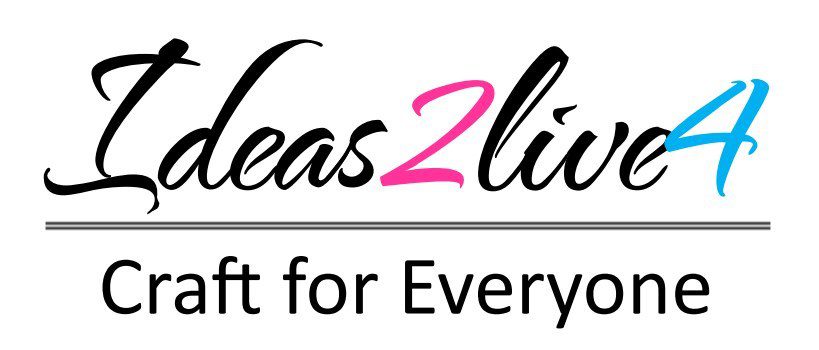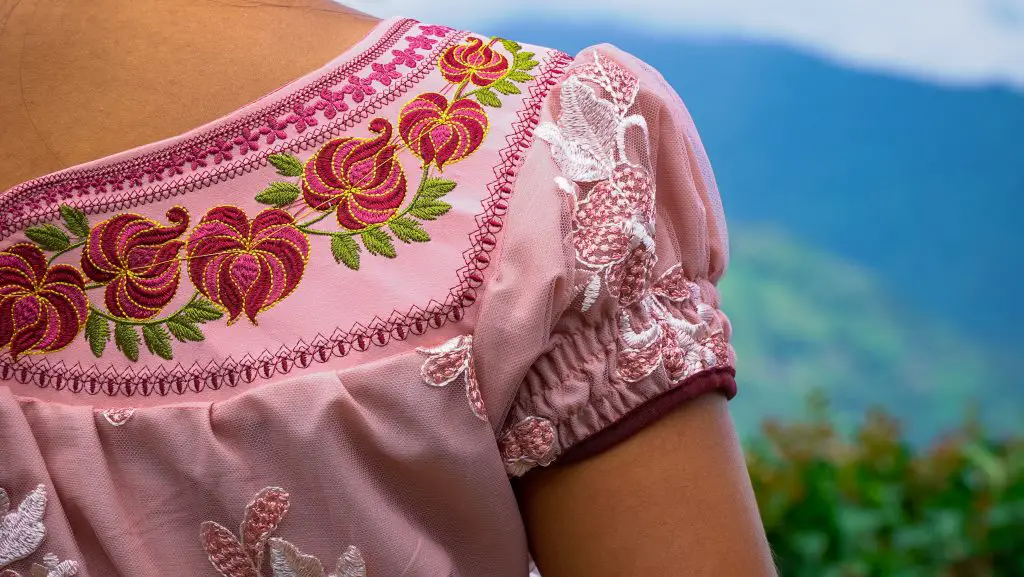Embroidery has been around for centuries, with traditional techniques passed down through generations. However, with modern technology, embroidery has gone beyond traditional techniques and evolved into something that opens up exciting possibilities.
Embroidery machines have taken the craft to a new level, allowing for more intricate designs and faster production times. What else can be achieved with these machines?
Everything You Need to Know About Embroidery
This blog post will delve deeper into the possibilities of the embroidery machine beyond traditional embroidery. It will explore the advanced features of embroidery machines, such as the ability to stitch multiple colours at once using multiple needles, and the use of computer software to create complex designs.
Get ready to spice up your embroidery game! Dive into the world of embroidery machines and discover all the amazing things they can do. From adding eye-catching embellishments to prints to refining lettering with precision, these machines are like magic wands for your projects.
But that’s not all…this blog post will explore the stunning lace and applique effects that will make your work stand out from the rest. And if you’re a business owner, it will discuss how embroidery machines can take your branding, promotional products, and fashion to the next level.
Basics of Embroidery Machines
Embroidery machines have revolutionized the traditional art of embroidery by offering increased efficiency and precision. Understanding its basics is significant if you want to take your embroidery skills to the next level.
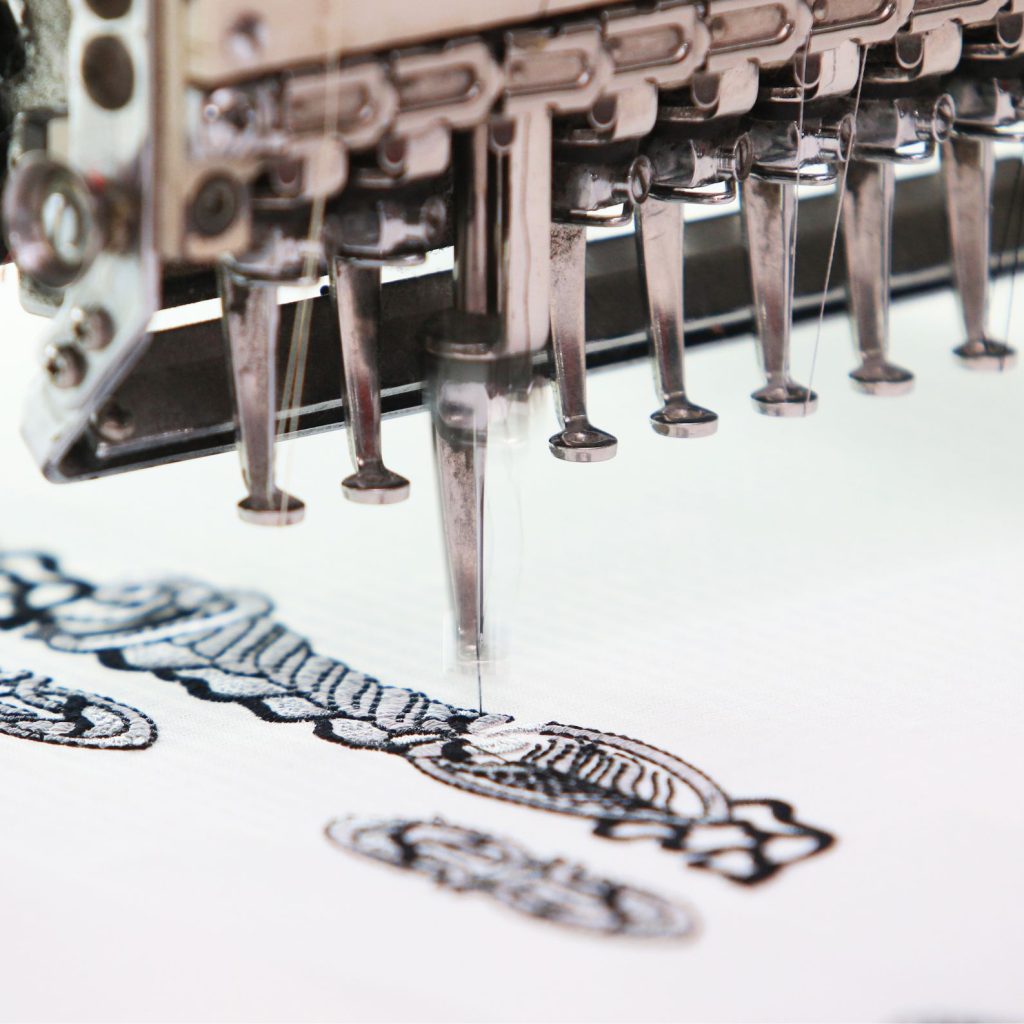
An embroidery machine includes a built-in needle, thread, and a needle holder. The needle holder moves the needle through the fabric at pre-set intervals, programmed into the machine by the user. The machine can embroider different patterns using various stitches like satin, cross, and zigzag.
Modern embroidery machines also include computerized technology, allowing for even more intricate and complex embroidery designs. The embroidery machine works by interpreting digital embroidery designs, which are created using embroidery software.
By inputting the design into the machine’s computer, you can easily adjust the embroidery machine’s settings to get the desired results, whether you’re working on a professional project or a personal hobby, this makes your work a lot easier.
Different Types of Embroidery Machines
Embroidery machines come in a variety of types, each with its own unique features and capabilities. The two main types of embroidery machines are single-needle machines and multi-needle machines.
Single-needle machines are designed for home use and can only use one thread at a time. These machines are best for smaller projects and designs that don’t require a lot of thread changes.

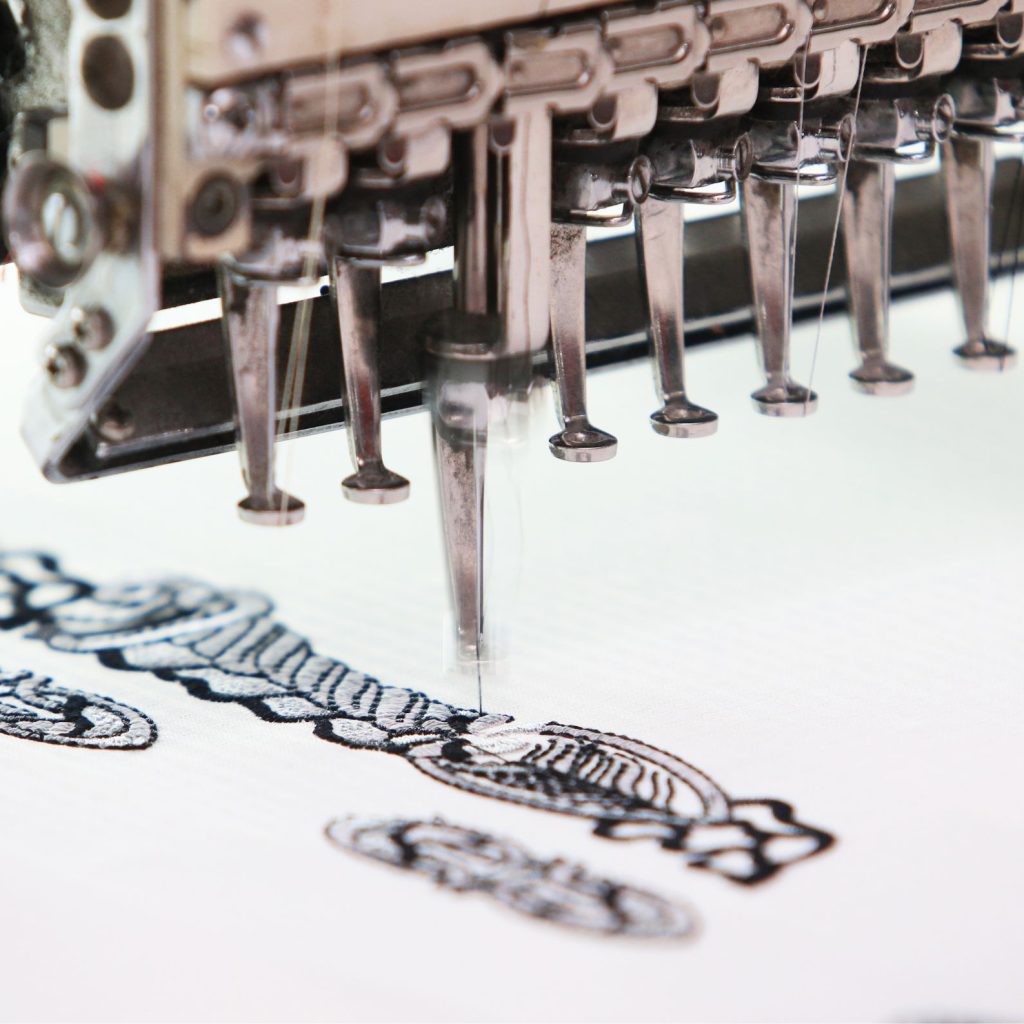
Multi-needle machines, on the other hand, are designed for commercial use and can use multiple threads at once, speeding up the embroidery process significantly. These machines are ideal for larger projects and designs that require multiple colours or thread changes.
There are also embroidery machines that come with built-in designs and patterns, while others allow for customization and the uploading of personalized designs. They are an excellent tool for both hobbyists and professionals, adding intricate and personalized designs to clothing, accessories, and home decor.
Different Stitches Available
One of the most fascinating aspects of using an embroidery machine is the wide variety of stitches that are available to use. Beyond traditional embroidery stitches like satin stitch and cross stitch, modern embroidery machines offer a range of stitches that are not normally possible with traditional hand embroidery techniques.
Some machines offer hundreds of pre-programmed stitches that can be selected at the touch of a button, while others allow you to design your own custom stitches using computer software. Different stitches can be used to create different textures and patterns, making embroidery machine work a truly unique form of art.
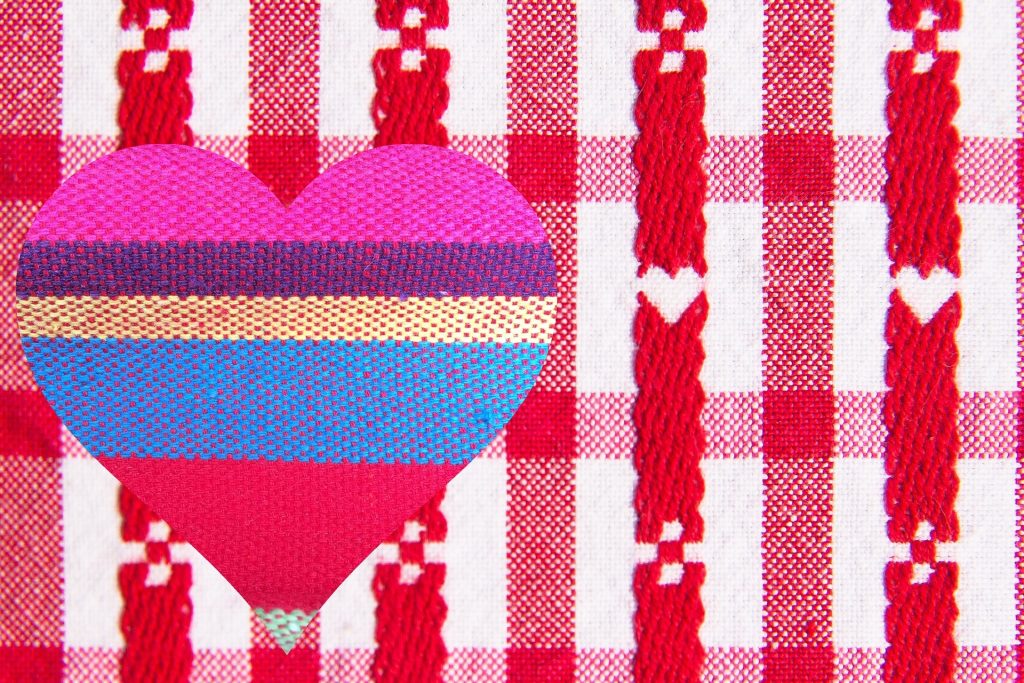
Some machines offer options like double ribbon stitches, wave stitches, and mirror imaging, allowing you to create intricate designs that are impossible with traditional embroidery techniques. By exploring the different stitches available on an embroidery machine, you can open up a whole new world of design possibilities and create embroidery pieces that are truly one of a kind.
Things to Consider When Choosing the Right Machine
Choosing the right embroidery machine is essential to the success of your projects. There is a multitude of things to consider when selecting the best embroidery machine for your needs, take the time to explore all of your options before making a decision.
One of the first things to consider is what type of embroidery you plan on doing. Are you looking to embroider hats, clothing, or home decor items? Choose a machine that is designed for the specific types of embroidery you plan on doing.
Additionally, pay attention to the hoop size options available on the machines you are considering. Bigger hoops will allow you to work on larger projects without having to constantly re-hoop. Consider the ease of use and the level of automation the machine offers.
More advanced machines likely come with touchscreen displays, automatic threading, and other features that can make embroidering easier and more efficient. Taking the time to research and understand the features available will help you choose the best one for your specific needs.

Tips for Learning How to Use an Embroidery Machine
Embroidery machines have revolutionized the world of embroidery, making it easier and faster to create even the most intricate designs. However, learning how to use the machine can be overwhelming, especially for beginners. Here are five tips to help you get started:
1. Read the manual – This is pretty obvious, but carefully reading the manual is important to understand how to use your embroidery machine properly. It will provide you with step-by-step instructions and essential information about the machine.
2. Start with a simple design – Begin with a basic, simple design to help you get a feel for the machine. This will help you to understand how the machine works and allow you to familiarize yourself with its features.
3. Familiarize yourself with the software – Embroidery machines often come with software that allows you to customize designs. Take the time to become familiar with the software to create your own unique designs.
4. Practice on scrap fabric – Practice makes perfect. Use scrap fabric to test and adjust your settings before stitching on your actual project. This will help you to avoid costly mistakes.
5. Experiment with different fabrics – Embroidery machines are capable of stitching on different types of materials, so experiment with different fabrics to see what works best for you.
7 Machine Embroidery Project Ideas

An embroidery machine is a specialized type of sewing machine that is used to create decorative designs and patterns on fabrics. There are various possibilities that can be explored with an embroidery machine, including:
- Creating monograms: Use an embroidery machine to create personalized monograms by stitching out letters or initials onto a fabric. You can do it on DIY decorative pillow covers and other similar home furnishings.
- Adding decorative designs: An embroidery machine can be used to add decorative designs to fabrics, such as flowers, animals, geometric shapes, and more.
- Making patches: Use an embroidery machine to make patches that can be applied to clothes, bags, hats, and other items.
- Embellishing clothes: Add decorative stitching to a garment, such as a shirt, to enhance its appearance. This can be achieved by using various embroidery techniques, such as satin stitching, cross-stitching, or applique.
- Quilting: An embroidery machine can be used to create intricate quilting designs on fabric by using its built-in quilting features. These features allow the machine to stitch out complex patterns and designs onto the fabric, which can then be used as part of a quilt.
- Creating lace: Create delicate lace designs on fabrics by using specialized lace-making features. These features allow the machine to stitch out intricate lace designs onto fabric, which can then be used for a variety of applications, such as clothing, home decor, or accessories.
- Personalizing gifts: Personalize gifts by stitching a person’s name or a special message onto a fabric item, such as a towel or a tote bag.
These are just a few examples of the possibilities that can be explored. With some creativity and skill, it can be used to create a wide range of decorative items that are unique and personalized.
How to Care for Your Embroidery Machine
When it comes to using an embroidery machine, proper care is essential. Regular maintenance ensures that your machine works efficiently and for longer. Here are some tips on how to care for your embroidery machine:
1. Keep it clean: Make sure to wipe the machine down after every use, taking special care to clean the needle area. You should also clean the bobbin case and hook race at least once a month.
2. Oil it regularly: Refer to your machine’s manual for specific oiling instructions. Generally, you should oil your machine after every 8 hours of use or once a month, whichever comes first.
3. Use high-quality thread: Low-quality thread can create lint that clogs your machine. Avoid polyester blends and opt for cotton or silk threads instead.
4. Check your needles: Make sure to change your needles frequently, as dull or bent needles can result in uneven stitching and even damage your machine.
5. Use the right stabilizer: The wrong stabilizer can cause puckering, shifting, and other problems. Make sure to choose the right stabilizer for your project.
6. Store it properly: When not in use, cover your embroidery machine to protect it from dust and other debris. Avoid storing it in direct sunlight.
Summary
To sum it up, the embroidery machine is a versatile tool that not only brings a traditional craft into the modern age but also opens up new possibilities for artists and designers to explore. By embracing technology, the embroidery machine is transforming the way we approach embroidery and allowing for experimentation and creativity.
As we continue to push the boundaries of what is possible with this machine, it’s exciting to think about all the ways it will continue to shape the world of textiles and fashion. Hope you get to choose the right embroidery machine!
